This article was originally published on i-D Japan.
Azzedine Alaïa’s studio-residence in Le Marais was built in the late 19th century, and while of simple construction, it’s somehow almost sensual in appearance. A fitting home for Alaïa’s work. Le Marais has gone through many lives; it’s been home to aristocrats, the city’s Jewish quarter, art galleries and a centre for queer nightlife. Without any flashy signage out front, it would be easy to overlook his subdued atelier from the street. Only the name, Alaïa carved in stone, marks it out.
Alaïa’s dresses themselves are often likened to sculptures. His visiting customers seeking to swathe themselves in his luxurious designs. When we arrived, Alaïa was enjoying a chat with a customer. It’s rare, these days, to actually meet face to face with the designer of your clothes. But that human touch is perfectly Alaïa.
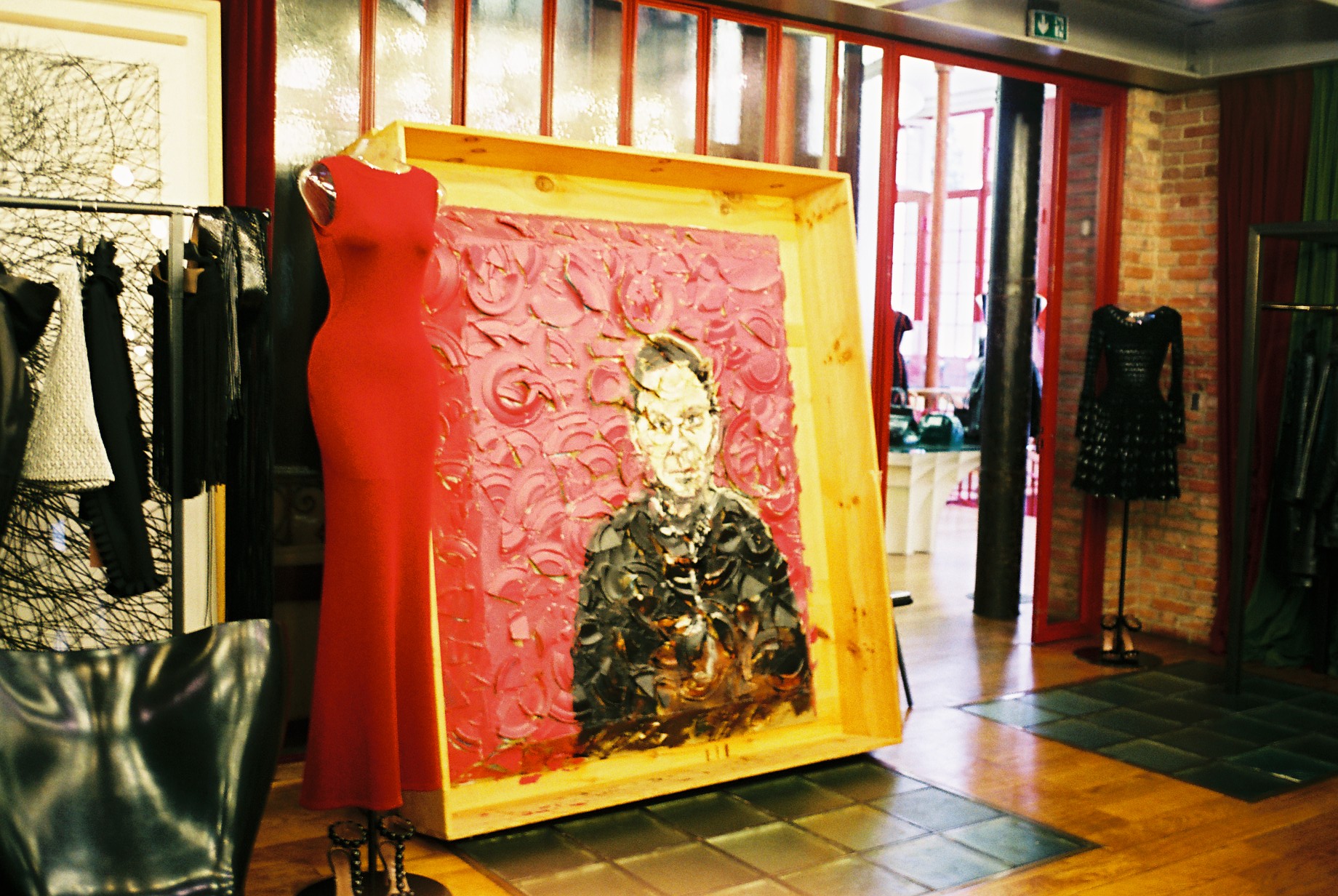
“Sit here,” Alaïa says, gesturing to the seat next to him at the lunch table. He’s certainly not one to stand on ceremony. Soon we are deep in conversation, as easy as two old friends. He tells me that it’s become less and less common for him to meet with the entirety of his thirty-or-so staff at once these days. “It’s important to get away from work, and sit together as equals over a meal.” And as if on cue, we are joined at the table by a few his other staff members. The previous night, we are told, this unassuming kitchen played host to a thirty-strong evening meal.
At today’s lunch, we are joined by Alaïa’s friend Carla Sozzani, director of 10 Corso Como, and Donatien Grau, who directs the gallery Alaïa manages. “I think it’s important that this space is shared by so many people,” he tells us. Azzedine first came to Paris in the 60s, he ended up living under the roof of the aristocrat Comtesse Nicole de Blégiers. He became friends with everyone from Andre Malraux to Pablo Picasso and Greta Garbo. A contact with such leading thinkers and artists has had a fundamental and inexorable effect on his work. Having gained so much from this meeting of minds, Alaïa has now taken on the role of bringing people together himself.
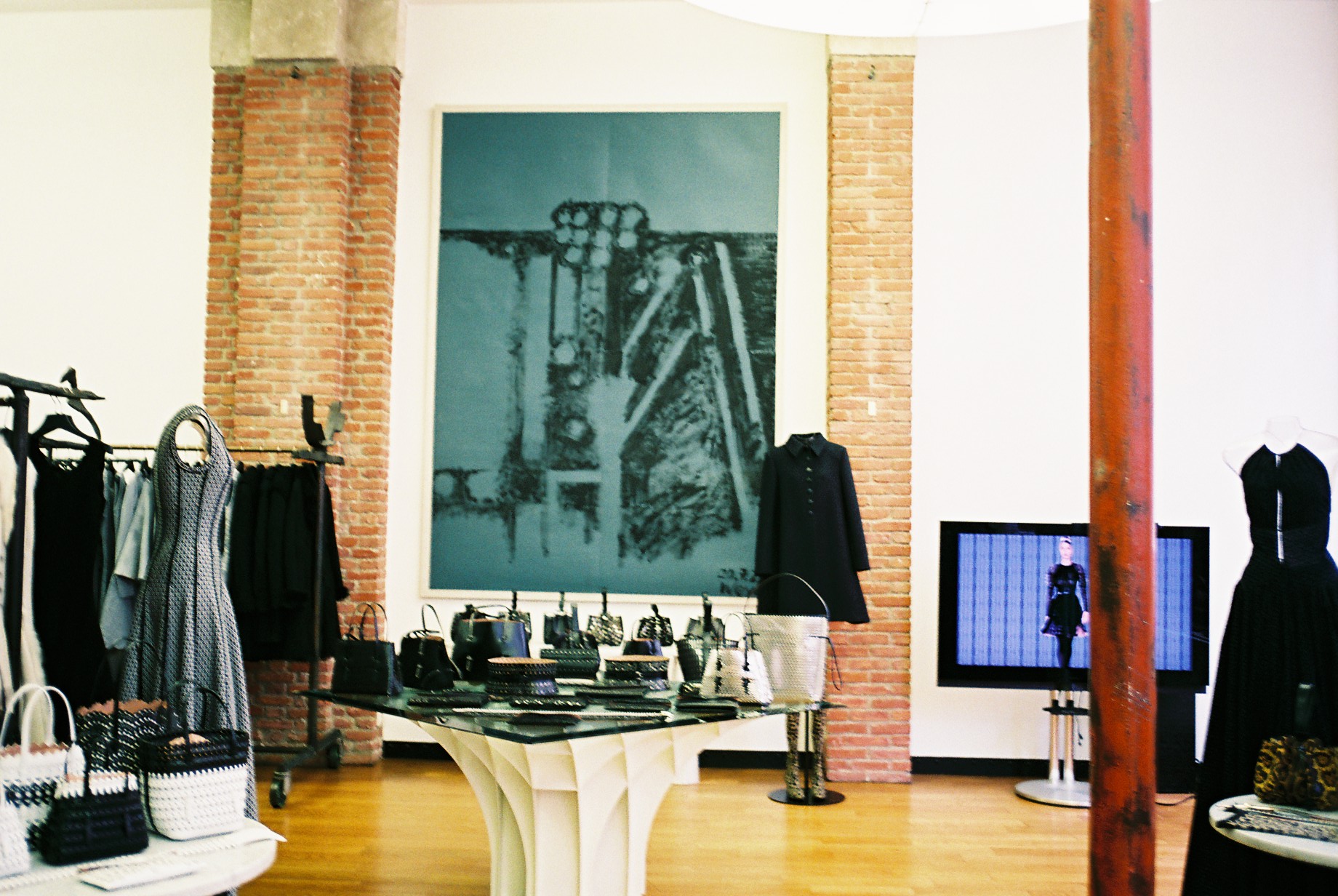
Besides the studio and store, the building also houses a gallery space that also hosts his haute couture and ready-to-wear collections. Just before our visit, in July Azzedine had just shown his first couture collection in six years.


While we were there, the gallery was holding a showing of the work of Richard Wentworth. Wentworth is considered one of the most prominent figures in British art: having taught everyone from Damien Hirst to Helen Marten at Goldsmith’s College, and having also exhibited everywhere from the Hayward to the Tate to the Serpentine.
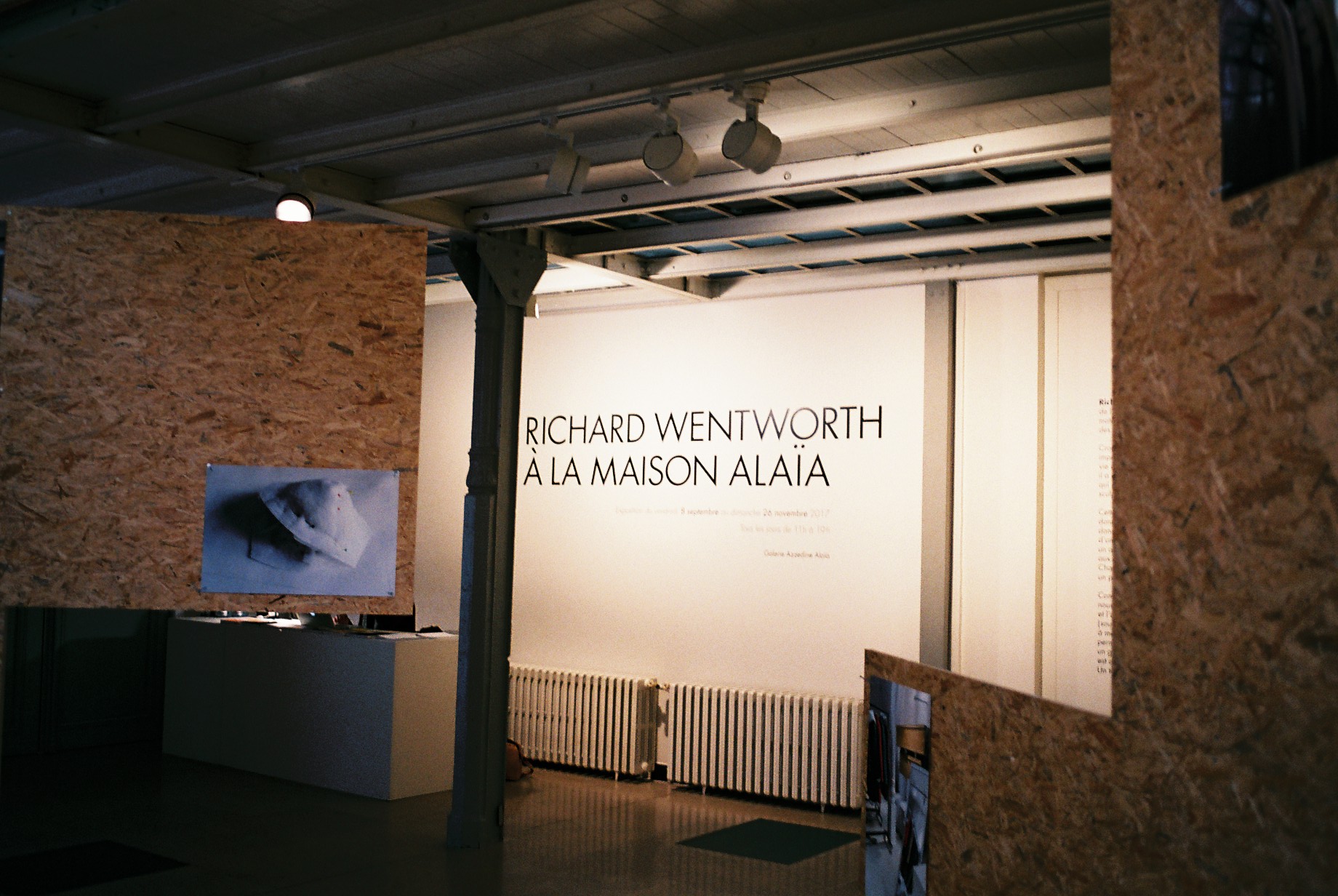
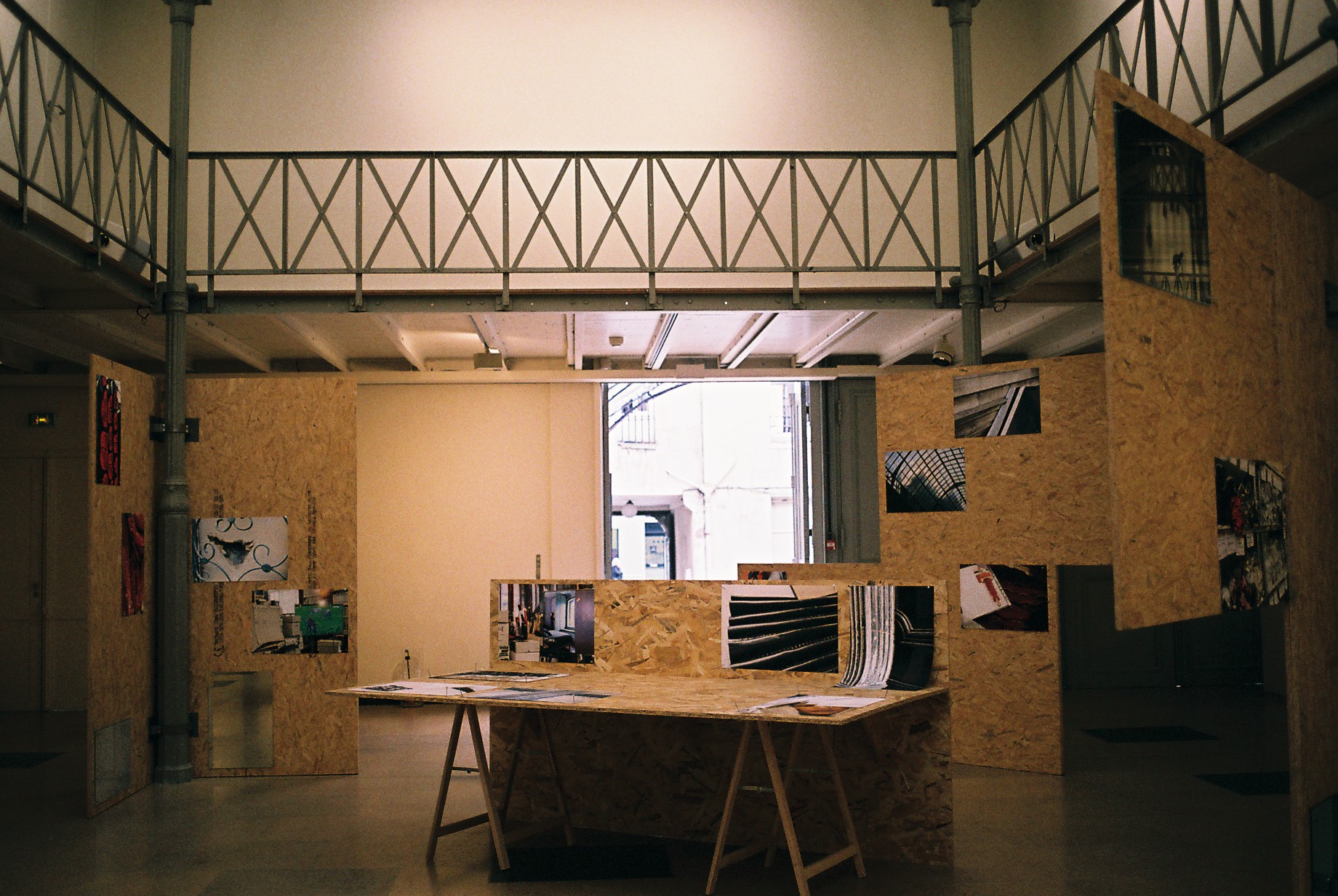
The sculptor frequented Alaïa’s studio for three years, interacting with and photographing the people sharing the space. Donatien Grau, who curated the Wentworth show explained how “sculpture changes our experience of physical things. That’s why this isn’t just any old photography exhibit; we also wanted it to be an installation, featuring sculptures designed specifically for this building.” The 150 photos on display, selected from over 3000 that Wentworth took over three years, are hammered into the walls above the sculptures with nails.
“The most important thing is that this is a community of artists,” Grau explains. “The medium doesn’t matter: paintings, photography, architecture, poetry, design, whatever. We put it all on show, which means we’re all influenced by each other’s work. I want to show the fruits of that cross-pollination.” It’s with that intent that Grau has held showings of the works of Shiro Kuramata, The Memphis Group, and Marc Newson.
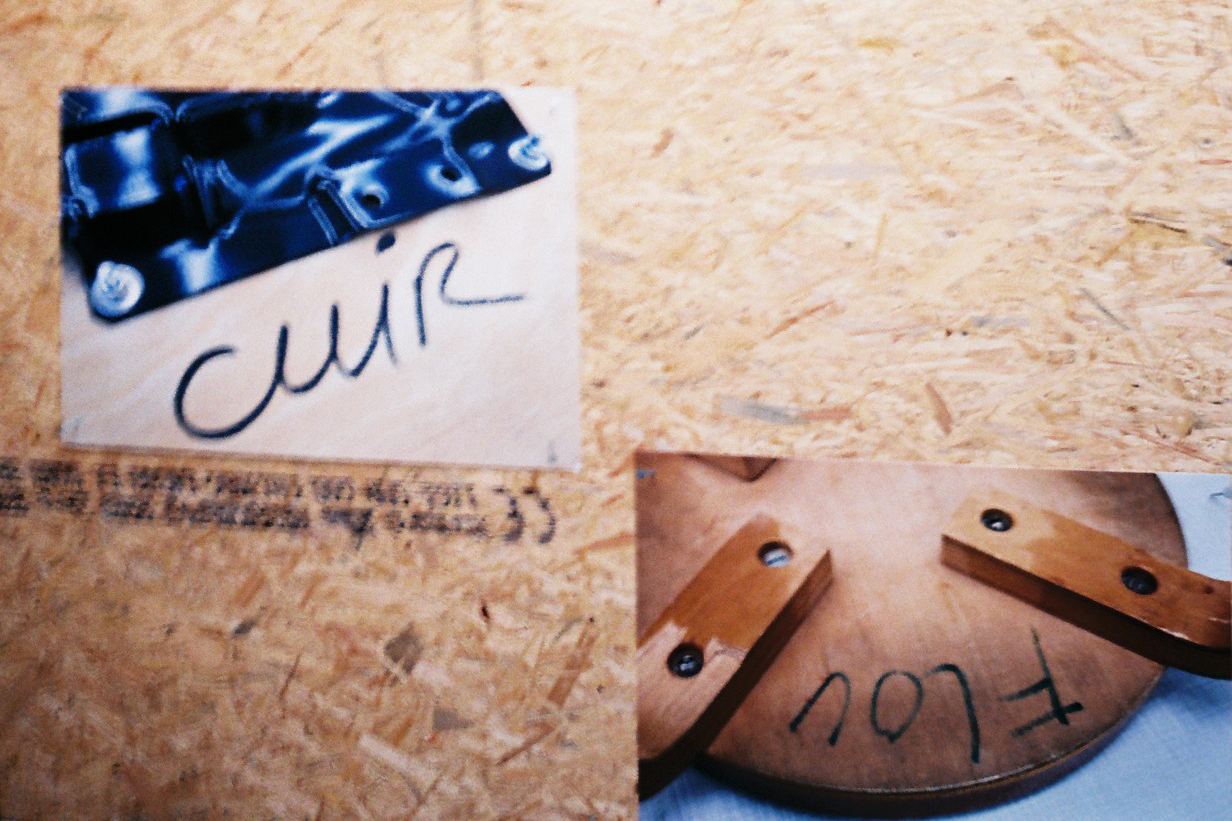
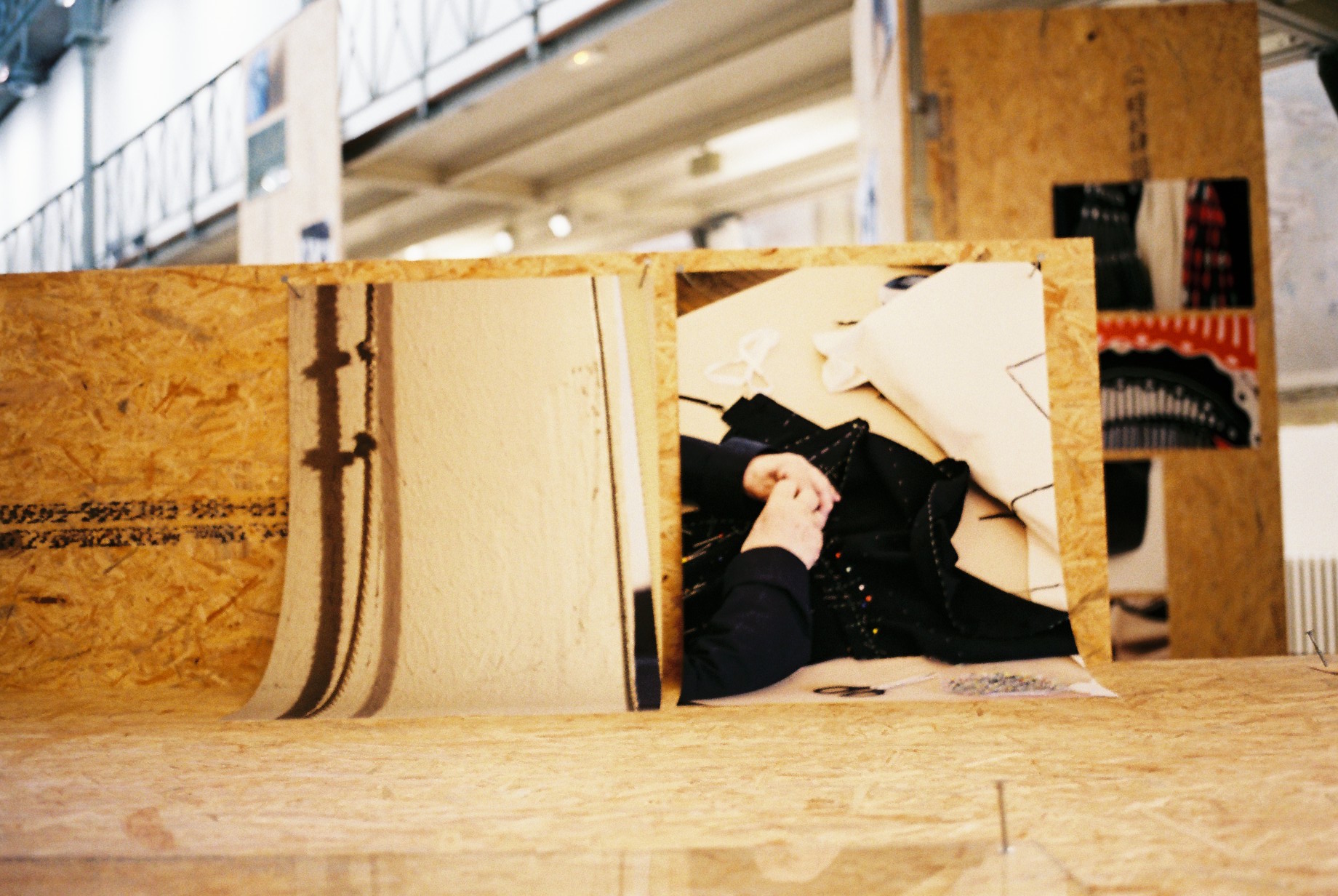
Just as Alaïa pours himself into the creation of fashion, so his friends devote themselves with fervor to their own diverse creations. The sharing of his space by such varied talents holds a great significance. Too many artists to count have been both captivated by his style and aesthetics and impassioned by his work ethic: Alejandro Jodorowsky and Julian Schnabel, to name just two, have become close friends of the designer. The fact that the gallery also acts as a means for younger generations to encounter such prolific artists also stands testimony to its significance in the contemporary art world.
As lunchtime drew to a close, the subject of our conversation turned to the fast pace at which our world is changing. Alaïa feels that the arrival of new generations is a good thing. “But that means that I have to evolve too.” Even such pioneers as he, it seems, cannot ignore the winds of change. And of course, that’s why he continues to innovate. “I used to take a much more intuitive approach to making clothes. And the people wearing them were more open to exploration as well,” he reflects. “Now I’m often asking whether women, and the people around me, will really like the clothes I’m making.”
For all the decades of experience he’s accumulated over the years, he doesn’t have any to impart. “I never give out advice. I’m sometimes asked to be a judge at shows, but I’ve never done it. Why? “Because I think young people should do things their own way. I believe that the most important thing for a designer is to find their own path.”
Some time after our lunch, I saw Alaïa enjoying the Louis Vuitton collection together with Carla Sozzani and Haider Ackermann. The scene brought home the reality of his approach to life: a driven work ethic paired with an appreciation for enjoying the fun side of things — without getting caught up in the trappings of fame and success. His fashion continues to demonstrate his unique passion and curiosity, as he in turn has always held a powerful appreciation for people who love to create.
